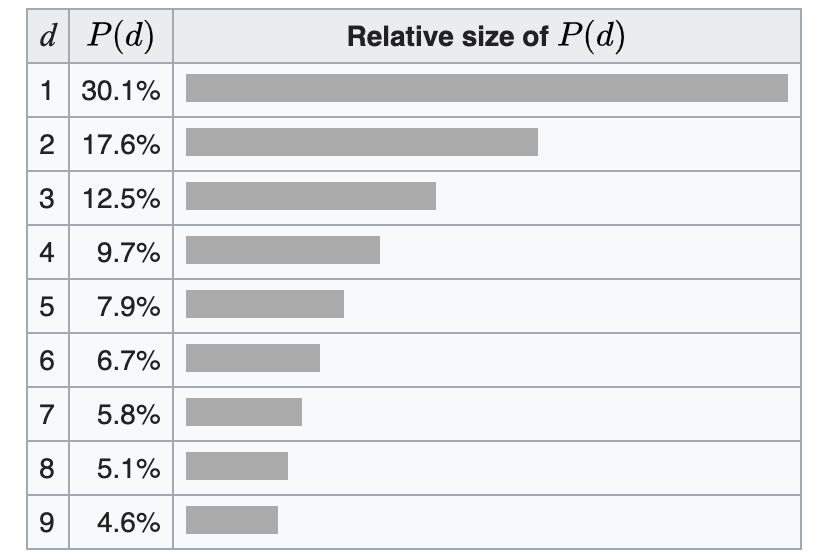My favourite example, as an illustration of how faulty statistics can have long-term consequences when they are used to direct government policy, is the act of large-scale railway vandalism known as the Beeching Axe. It resulted from a Transport Minister with strong ties to the road-building industry (Ernest Marples) hiring a petrochemicals-industry expert (Richard Beeching) to determine which parts of the British railway network were making losses and should therefore be pruned.
About 4000 route miles were closed as a direct result, with a direct positive effect on demand for roads (and, inevitably, much of today's congestion). Further closures continued into the 1980s, including the important and relatively recently upgraded Woodhead route across the Pennines, and halting only with the case of the Settle & Carlisle line, which had once been the northern section of the Midland Railway's main line.
It is perhaps noteworthy that Marples subsequently fled the country to evade prosecution for tax fraud. Suspicions of conflicts-of-interest were also held at the time, as he had sold his 80% stake in his former road-building form Marples Ridgeway (as legally required by his ministerial appointment) to his wife, thus making it easy for him to reacquire them subsequently.
One good source on the subject is "I Tried to Run a Railway" by Gerard Fiennes.
The statistical errors involved here were largely down to taking an excessively narrow view of the problem. Branch lines' stations were visited to examine their receipts and take surveys of traffic - but seasonal traffic which used the line and whose tickets were sold elsewhere in the country was ignored. In many cases costs were inflated by obsolete working practices which could have been streamlined, but this option was not considered at the point of choosing which lines would be closed entirely. This also led to some lines whose losses were only slight, and which indirectly benefited the railways as a whole through the "network effect" of being able to reach destinations without a change of mode, being included on the closure list.
These errors were repeated in the later Serpell Report which proposed an even more drastic closure program, but which was fortunately rejected.
Today, railway traffic demand is rising sharply in Britain, and lines are being newly built and reopened to meet demand. Some lines closed by Beeching and Marples' efforts would be highly beneficial if they still existed today.


